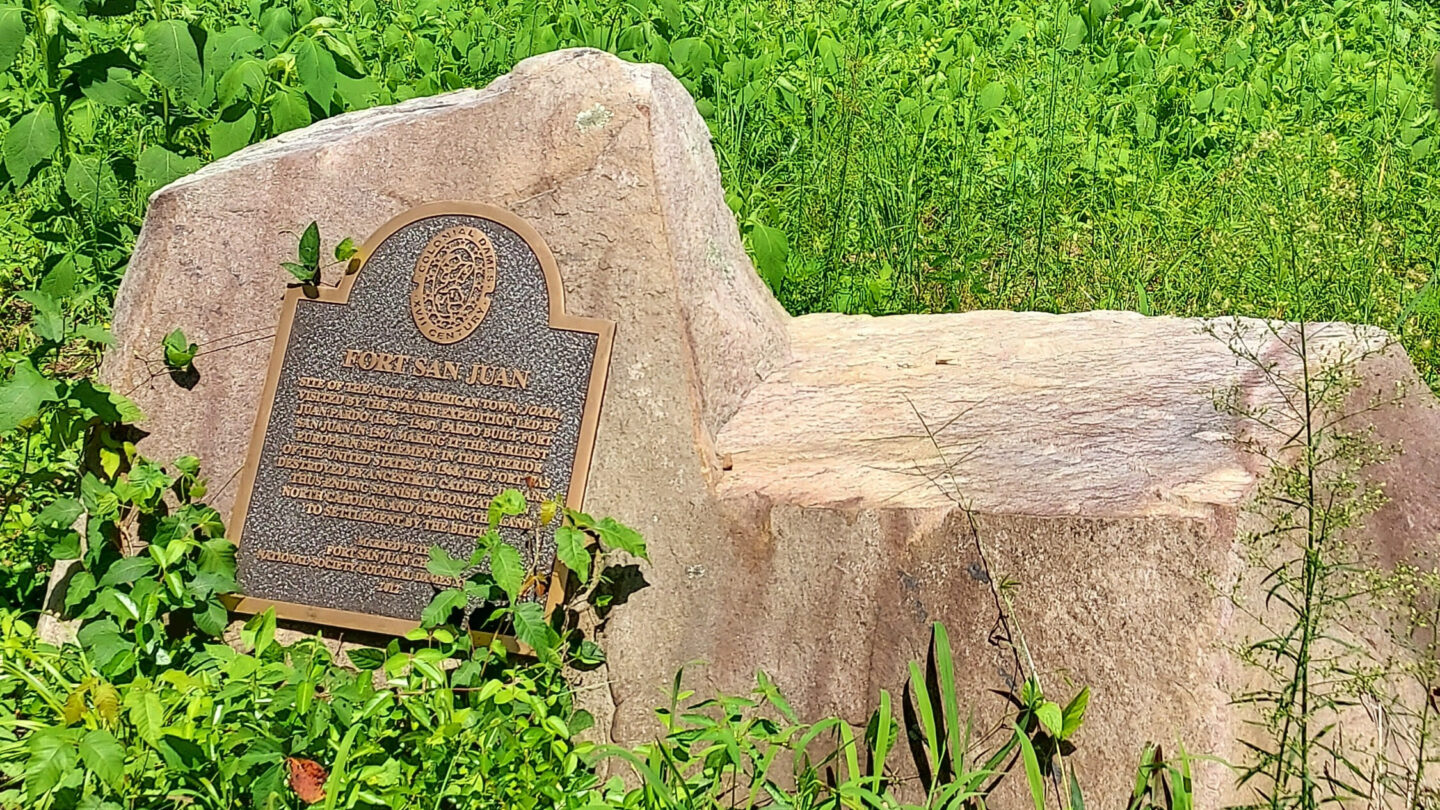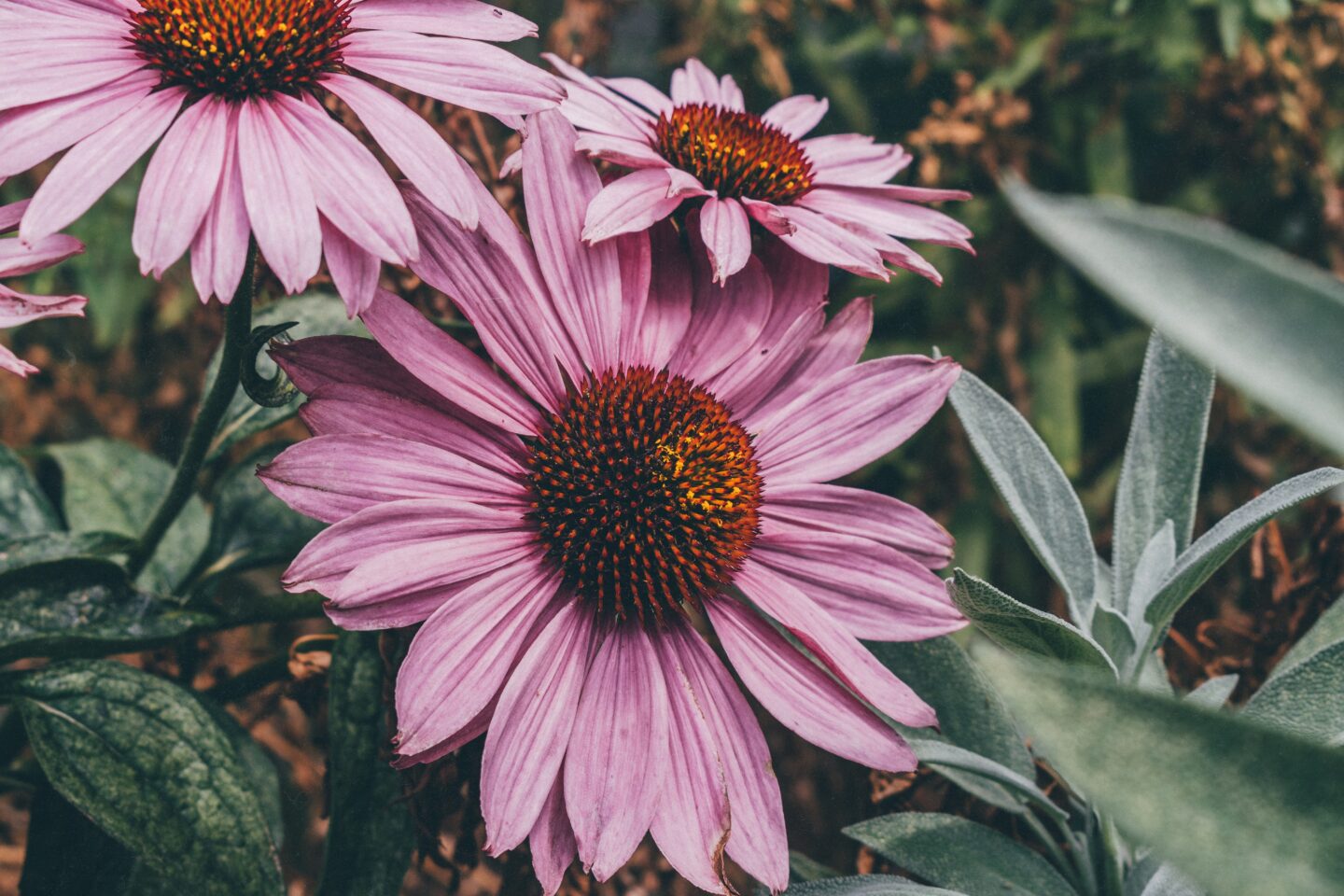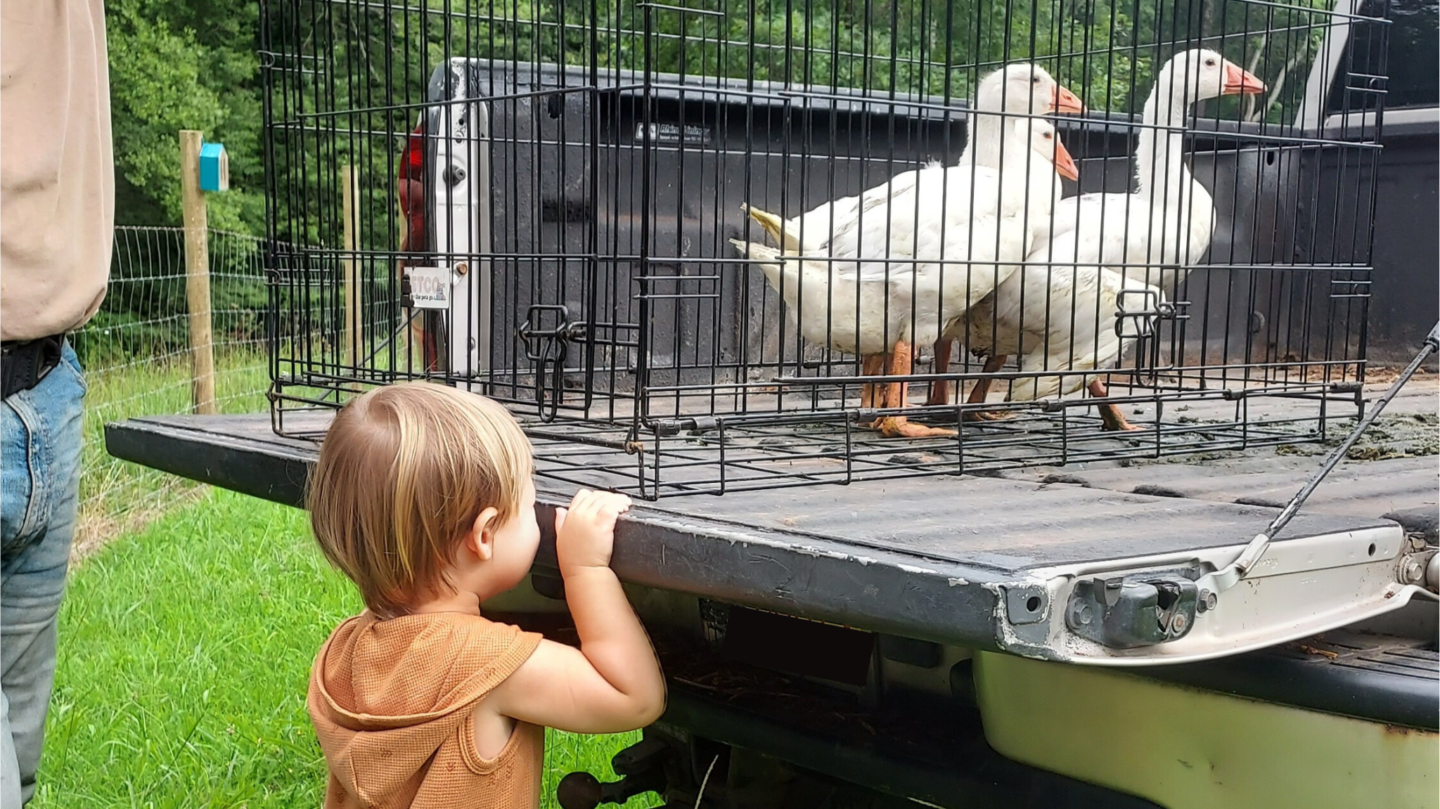While riding around one Saturday to pick up some geese, my husband drove me by one destination in particular that stood out to me from researching this area before moving here – an archeological site dubbed the “Berry” site. Named for the family who owned the property, it is the location of the 16th-century Native American town of Joara where a Spanish fort was built.

Fort San Juan was the first European settlement in North Carolina and the interior of the present-day United States, predating the earliest English settlement at Roanoke Island by 18 years. Incredible, right? I’ve always felt a special pull towards the Roanoke Island settlement as one prevailing theory states that some of the settlers made their way down to the Chowan River (near where I’m originally from).
Spanish soldiers lived at Fort San Juan for 18 months, from January 1567 until about June 1568 when their fort was burned and destroyed.
Joara, on the other hand, was said to have been settled sometime after AD 1000 by people of the Mississippian culture era, who built an earthwork mound at the site, and grew to be the largest Mississippian-culture settlement in present-day North Carolina.
Both the discovery of Joara and Fort San Juan are significant parts of our history. What is so incredibly frustrating is that the large earthen mound, which was first described by the Smithsonian Institution in 1891, was destroyed in the 1940s/1950s by those who chose to farm that land.
But that’s not what this blog post is about. Instead, I want to focus on the more edible aspects of Joara and Fort San Juan. While olive jar fragments have been discovered, the Spaniards were largely dependent upon the native population for food, which is part of what led to the breakdown in the relationship between the colonists and the native population.
“Bones of deer, bear, turtle, and turkey indicate that Pardo and his men had access to those kinds of foods, most of which was likely provided by the people of Joara. Charred plant remains, especially from maize and nuts as well as some examples of beans and squash, likewise indicate that women from Joara prepared meals for Pardo and his men that were similar to the kinds of meals they prepared for their own families.”
— From Ancient North Carolinians website
But what other wild flora would have been available to both the Native Americans and the colonists at that time? What native species could they have potentially encountered? Use for food? Medicine?
There’s always some confusion over what a “native” plant is. In general, within the eastern United States, a plant is generally considered native only if it grew here before European colonization. But there are so many plants that seem commonplace – and that seem to have existed for centuries – that many of us assume are “native” when they are not. We confuse “native” with “naturalized”, plants from elsewhere that have adapted to life in the wild.
For example, the orange-red daylilies you often see lining the sides of ditches are not native. It arrived in Europe from China during the 17th century and was widely cultivated in the New World, becoming naturalized.
Non-natives are not necessarily the enemy. It isn’t until you invite in invasives that the trouble starts – plants that wreak havoc on the local ecosystem, crowding out native plants and severing the food chain (i.e., the insects, birds, and wildlife that depend on that native species). Japanese honeysuckle, kudzu, and English ivy immediately come to mind in my area of the Appalachian mountains.
But I digress.
So what are some of the beneficial plants that could have been found?
Echinacea purpurea, or the purple coneflower, is one example. An herbaceous perennial in the daisy family that is native to central and eastern United States, purple coneflower would have been easily identifiable and well-growing in the red-clay-based soil of this area.
Native Americans used it as a painkiller and for a variety of ailments, including toothache, coughs, colds, sore throats, and snake bite, typically chewing the roots or smashing them to apply as a poultice. Keep in mind that uses would have varied by location or tribe, but this is more so just a general idea.

Once Native Americans exposed European colonists to the Echinacea plant, it was used widely during the 18th and 19th centuries to treat scarlet fever, syphilis, malaria, blood poisoning, and diphtheria.
Spotted bee balm, also called horsemint or monarda punctata, is another variety of herbaceous perennial that is native to our area. In fact, there are over 16 varieties of monarda native to North America, including ones commonly referred to as wild oregano, wild bergamot, Oswego tea, and of course, horsemint. The Cherokee, in particular, would have used it for stomach ailments, applying the leaves as a poultice for headaches or as a tea for “sweating” out the sickness.
Interestingly enough, it also contains high concentrations of thymol, an effective antibacterial agent used in oral care products. Meaning that drinking Monarda tea can ease mouth infections – a highly useful plant in the days before dentistry as we know it. In our area, they would have encountered black walnut, wild cherry, American persimmon, sassafras, and elderberry, all of which are extremely useful trees.
Of course, please keep in mind that while these are the names we know many of these plants by today, that is not what their name would have been centuries ago.
The American Elder is another commonly found plant, or shrub, found in North Carolina that would have been available back then. Nearly every aspect of the Sambucus canadensis, or what most people tend to call the American Black Elderberry these days solely due to the rise in popularity of the elderberry itself, would have been used (just an FYI, nearly every aspect of this plant contains the active alkaloids hydrocyanic acid and sambucine which can nausea if consumed raw).
The twigs and fruit could have been used to create dyes for basketry while the stems used to make flutes and whistles. It’s been found that many different tribes used the elder flowers medicinally—in teas for treating fevers and other ailments, or in a hot bath to induce sweating while berries, rich in Vitamin C, were dried to store into the winter, when they were later cooked into a rich, sweet sauce.
For a deeper look into the usage of Sambucus canadensis, I suggest giving this plant guide a read – Common Elderberry Plant Guide (usda.gov).

As I mentioned, this blog post was to serve as a brief look into these historical sites. I will continue to update you all with the latest findings as I research more. As a gardener and a historical herbalist, the usage of plants throughout history will never cease to fascinate me.
You can learn more about Joara, including information on upcoming digs, at the Exploring Joara Foundation website.